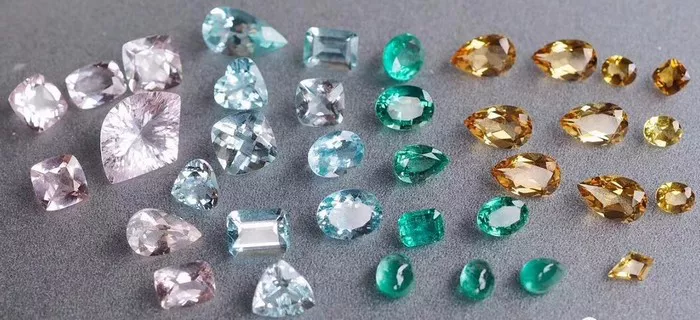The global diamond market is poised for a seismic shift following the European Union’s inclusion of Russia’s Alrosa, the world’s largest diamond producer, and its CEO Pavel Alekseevich Marinychev, in its sanctions list. The coordinated effort with the G7 nations, including the US, UK, Canada, and Japan, as well as EU members France, Germany, and Italy, marks the initiation of escalating export restrictions on Russian diamonds.
After nearly two years of conflict in Ukraine, the diamond industry faces unprecedented challenges with the implementation of a comprehensive sanctions scheme. Antwerp, a crucial trading hub for diamonds, witnessed lobbying efforts from diamond traders, but an agreed-upon sanctions framework is now poised to revolutionize the traditionally opaque diamond market, demanding enhanced transparency and traceability.
Industry analyst Paul Zimnisky highlights the complexity of devising a framework that the entire industry can effectively adhere to, stating, “These sanctions have been in the works for two years now, and it took this long because it’s that challenging to come up with a framework that everyone in the industry can effectively adhere to.”
Key Implications of the New Sanctions:
The US and UK had previously prohibited direct imports of rough diamonds from Russia, but as of January, EU and G7 countries expanded the ban to include the direct purchase of non-industrial diamonds from Russia. Further restrictions on the import of Russian diamonds processed in third countries will commence in March, culminating in a certification scheme by September, applicable to diamonds sold within the group of countries, including jewelry and watches in Europe.
The sanctions signify a departure from previous practices, as diamonds originating in Russia, regardless of where they are cut and polished globally, will face bans in European and G7 markets. However, implementing these sanctions poses challenges due to the intricate and lengthy diamond supply chains, particularly for smaller diamonds known for being produced in large quantities and often mixed with stones from various locations.
While the EU and G7 have outlined plans for a traceability system, details are still evolving, with a pilot system set to be operational in March. Industry groups, including the World Diamond Council and the Gemological Institute of America, are collaborating to develop effective solutions, exploring technological options such as blockchain-based traceability systems.
Impact on the Diamond Industry:
The sanctions are expected to drive significant changes, accelerating efforts to build traceability into the diamond industry. Major players like LVMH-owned Tiffany and Richemont have already ceased sourcing Russian stones. Dimexon, a diamond manufacturer, has implemented measures to segregate its supply chain and ensure Russian stones do not reach Western clients, relying on direct commercial relationships with mining companies to demonstrate origin.
The repercussions extend beyond supply chain restructuring, affecting market dynamics. Russia contributes approximately one-third of the world’s diamond supply, and while Russian stones may still be prevalent in certain markets, countries adhering to the diamond ban represent nearly three-quarters of global jewelry demand. Industry analysts anticipate medium- to longer-term supply shortages as a result of these transformative sanctions.


